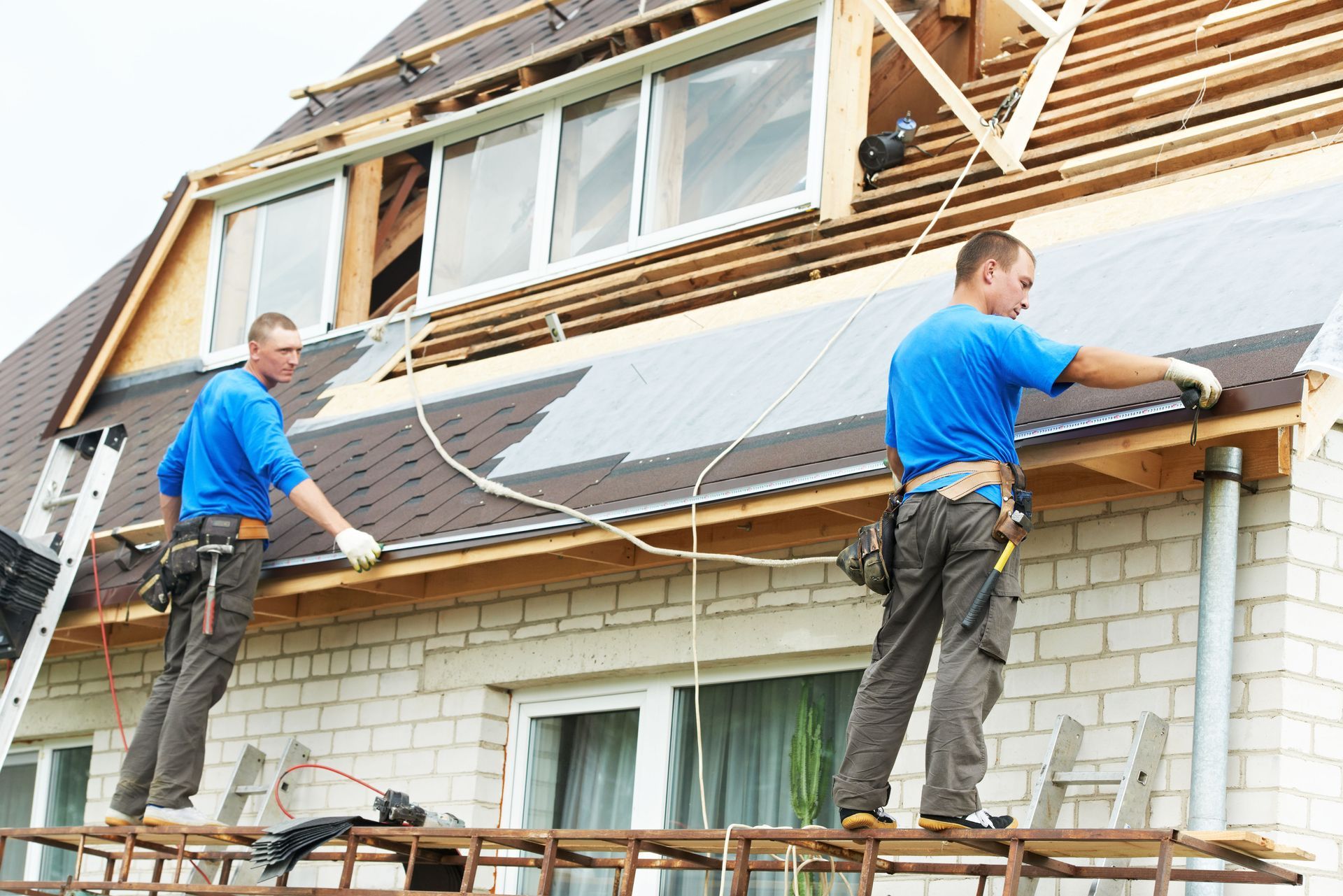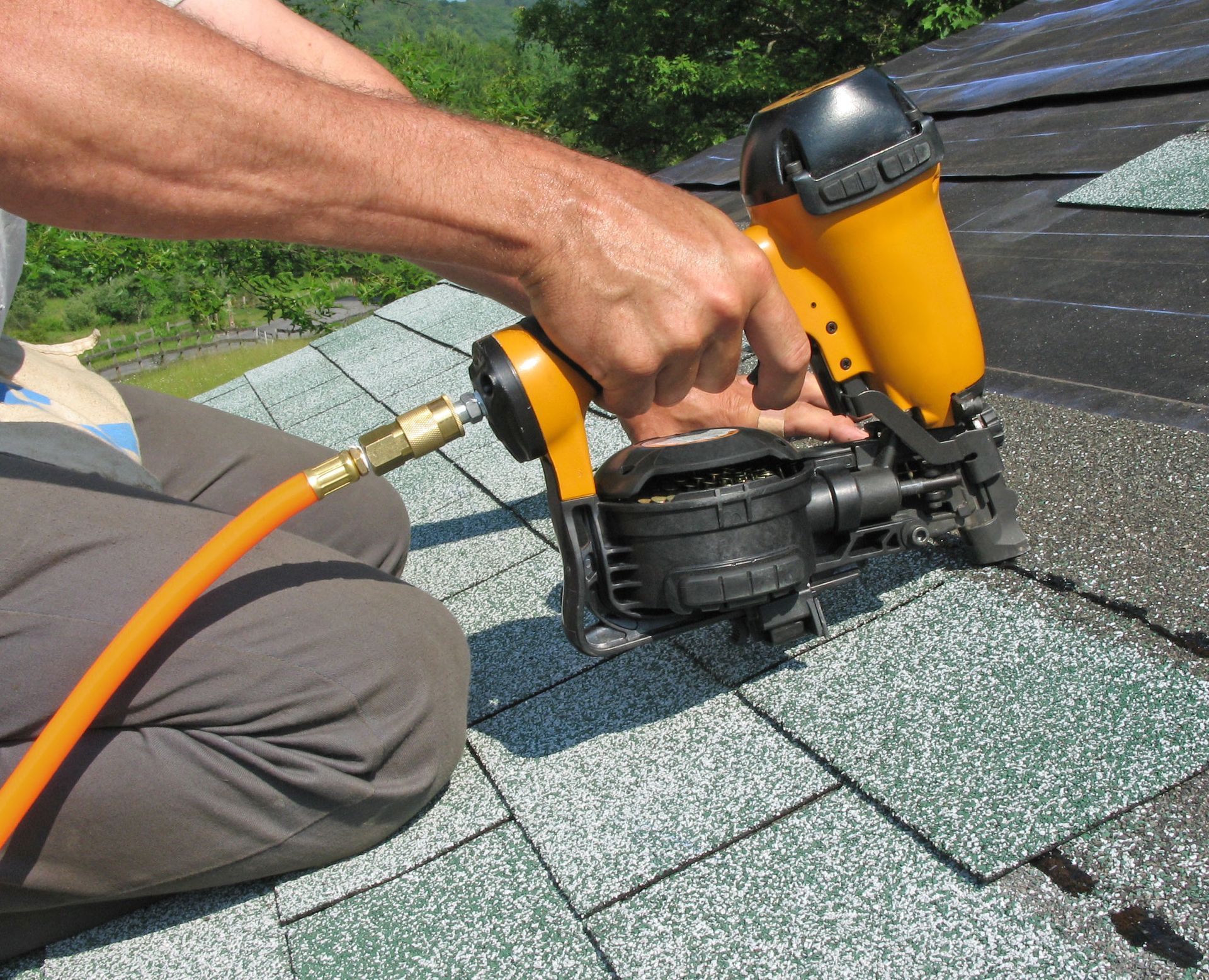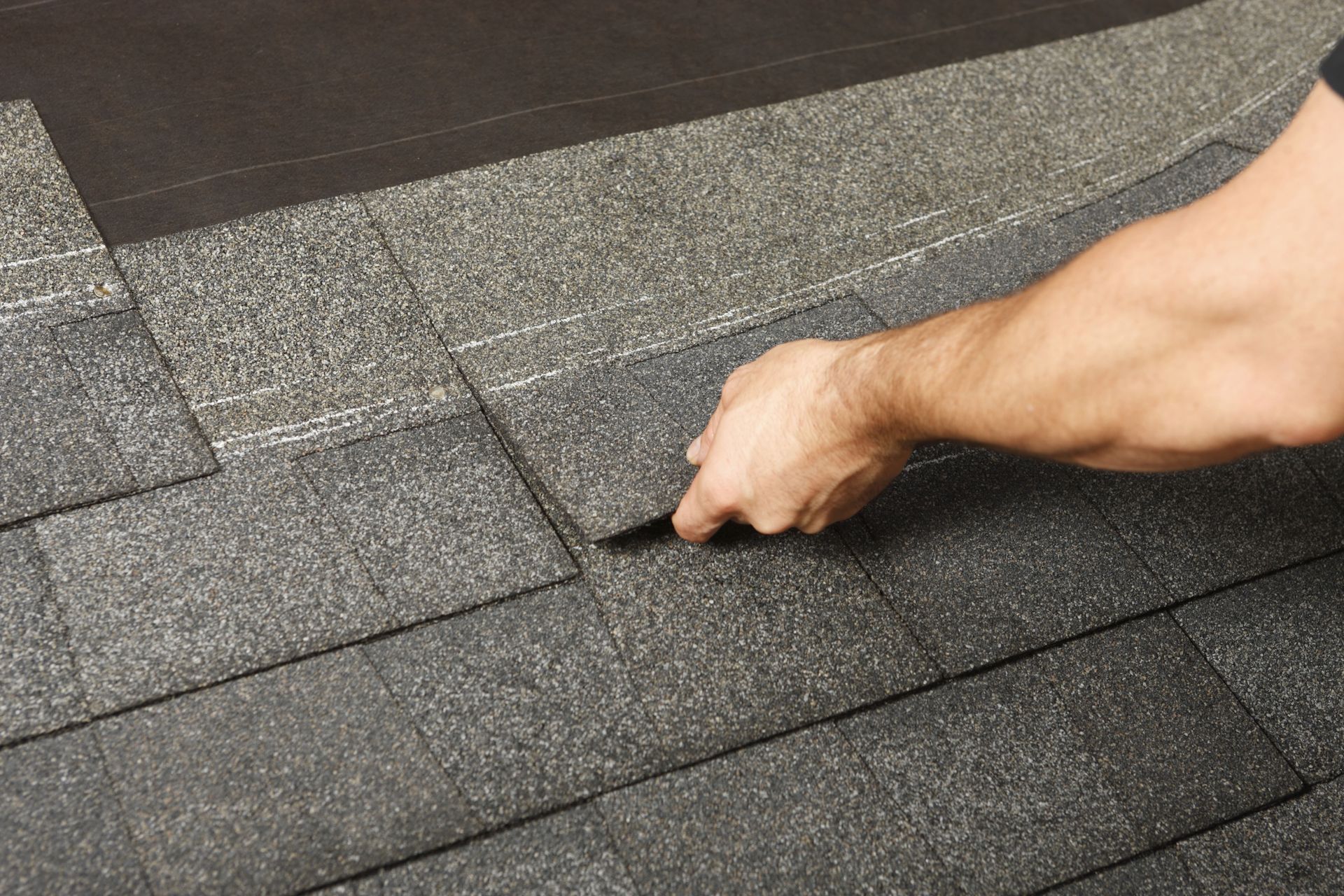Serving Southwest Florida
Serving Southwest Florida
Call or Text: (941) 300-4761
Call or Text: (941) 300-4761
When Is it Time for Residential Roof Replacements?
Homeownership comes with a multitude of responsibilities, and one of the most crucial is the maintenance of your roof. Your roof not only provides shelter but also influences the overall aesthetic and energy efficiency of your home. While roofs are designed to be durable, they aren’t meant to last forever. Recognizing the signs that indicate it's time for a replacement is essential to avoid unnecessary costs and damage. So, how do you know when it's time to replace your residential roof?
Understanding the Age of Your Roof
To begin with, understanding the age of your roof is critical. Most roofing materials have a defined lifespan, and according to experts at This Old House, if a roof is over 20 years old, there's a good chance it needs to be replaced. Roofing materials like asphalt shingles, which are among the most common types in residential roofs, typically last between 20 to 25 years. If you’ve been in your home for decades and haven’t yet replaced your roof, it might be time to consider doing so sooner rather than later.
Visible Damage and Deterioration
Visible damage is another tell-tale sign that a roof replacement might be necessary. Common signs include missing, curled, or cracked shingles. If you notice any of these on your roof, it’s a clear signal that your roof is significantly deteriorating. Furthermore, algae or moss growth, particularly in damp climates, can indicate trapped moisture in your roof. While these growths can sometimes be removed, their presence often signifies underlying roof damage, necessitating a full replacement.
Issues with Flashing
Another factor to consider is the state of your roof's flashing, which plays a crucial role in preventing water from seeping into the joints and valleys of your roof. Over time, flashing can become corroded or deteriorated, allowing water to penetrate your home. This can lead to extensive and expensive damage if not addressed properly. Therefore, when your roof's flashing is inadequate or damaged beyond simple repairs, it’s a sign that a roof replacement should be prioritized.
Interior Warning Signs
Interior signs can also indicate the need for a new roof. Leaks and water stains inside your home, such as on ceilings and walls, are significant red flags. These suggest that the roof is no longer adequately protecting your home. Additionally, if you notice an unexpected increase in energy costs, it might be due to poor insulation or ventilation from an older roof. In such cases, a replacement can improve your home’s energy efficiency and reduce utility costs in the long run.
The Impact of Severe Weather
Severe weather conditions can expedite the need for a roof replacement. Homes in regions susceptible to hurricanes, tornadoes, or heavy snowfalls are at higher risk of roof damage. After such events, it’s crucial to perform a thorough inspection of your roof, even if it seems to have survived unscathed from the ground level. Sometimes, the structural integrity is compromised, and a professional assessment is necessary to determine whether a replacement is warranted.
Material Considerations for a New Roof
When replacing your roof, it's essential to consider the best materials for your home’s climate and structure. Asphalt shingles are the most popular, but metal, tile, and slate offer durability and longevity. Understanding the pros and cons of each material can help you make an informed decision that aligns with your budget and maintenance preferences.
Hiring a Professional vs. DIY Replacement
While some homeowners may consider replacing their roof as a DIY project, hiring a professional is generally the safer and more effective option. Licensed roofing contractors have the expertise, tools, and safety measures to complete the job correctly. Additionally, professional installation ensures compliance with local building codes and manufacturer warranties.
Financial Considerations and Insurance Coverage
Roof replacements can be a significant investment, but many homeowners' insurance policies cover damages resulting from storms or unforeseen circumstances. Checking your policy and consulting with your provider can help determine if your roof replacement costs can be partially or fully covered. Financing options and payment plans offered by roofing companies can also make the process more manageable.
Recognizing when to replace your residential roof is vital to maintaining your home’s value and safety. Various factors, such as the age of the roof, visible damage, condition of flashing, interior warning signs, and severe weather impacts, should all be carefully evaluated. Proactively addressing these issues can prevent more significant expenses down the road and ensure your home remains a stable, secure, and efficient environment. If your roof is showing any of these warning signs, consider consulting with a roofing professional to discuss whether a replacement is the best option for your home. Be sure to reach out to Finch Roofing today for more information on our professional residential roof replacements!

serving Area
Manatee County, FL
Sarasota County, FL
Business Hours
- Mon - Fri
- -
- Sat - Sun
- Closed
Emergency Service and After-Hours Appointments Available




Share On: